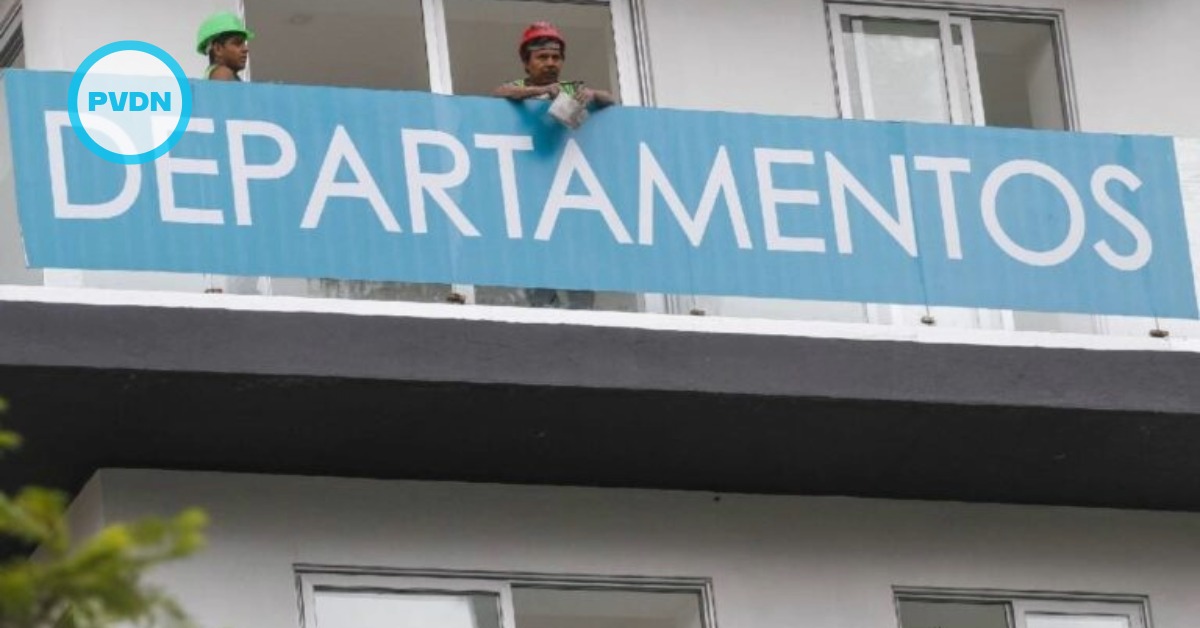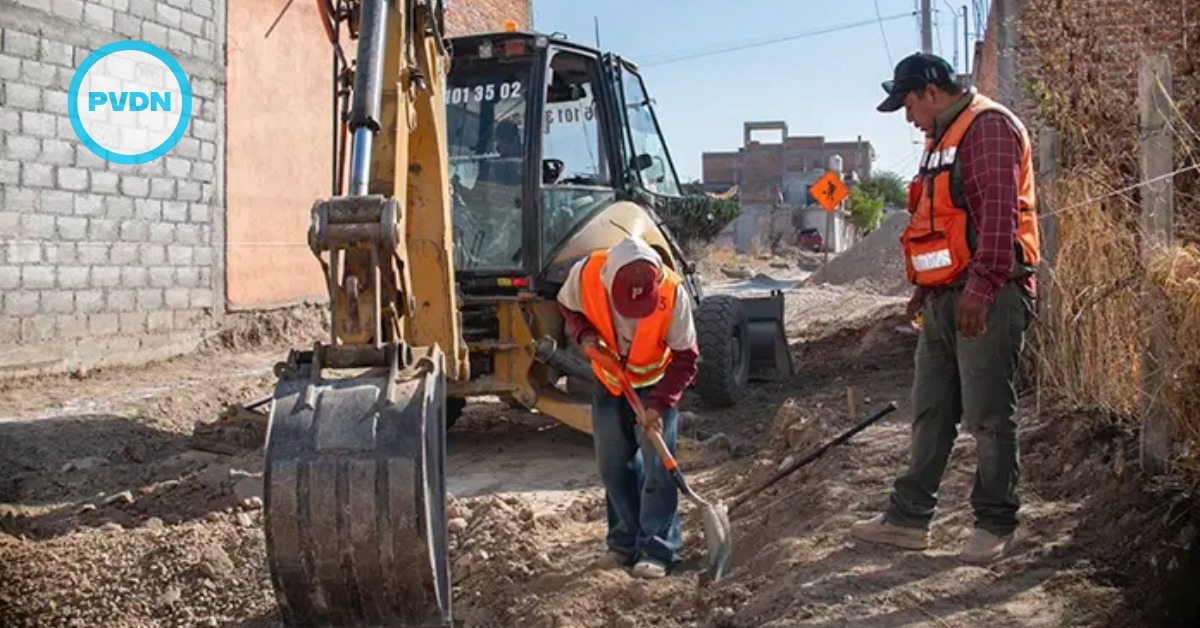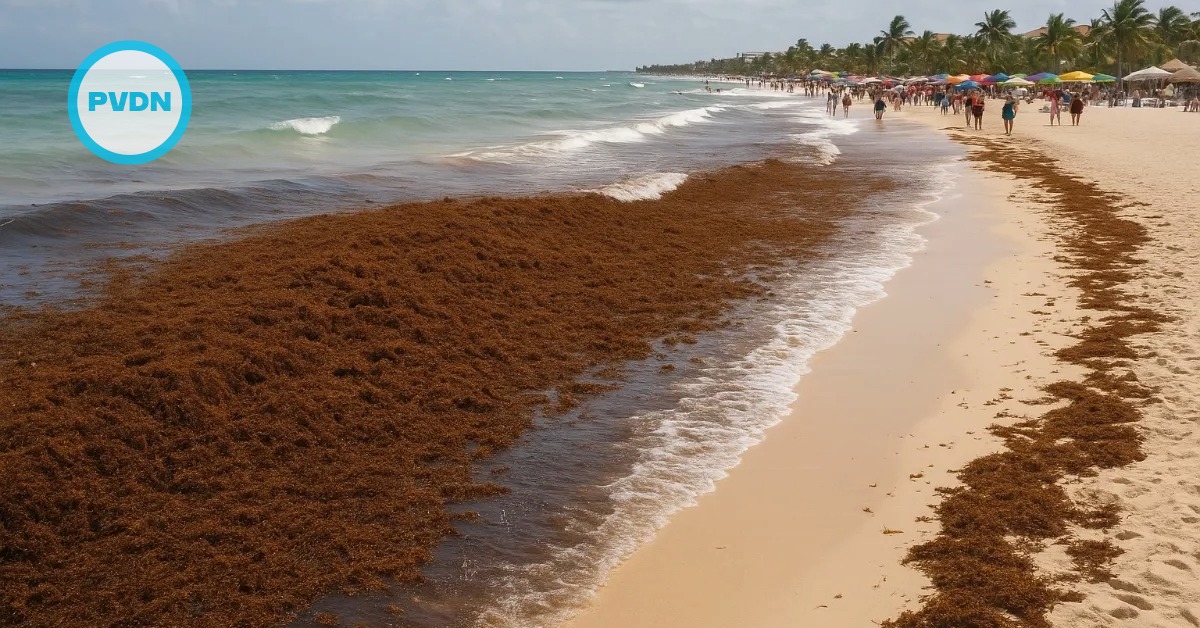From October 24 to November 6, the State Search Commission of Jalisco issued 8 alerts for missing teenagers in Puerto Vallarta.
The most recent cases are Vidal Sánchez Paz, 15, and Macedonio Rafael Segundo Paz, 13.
This is added to those of Adrián Alejandro González Meza, 16, Alexis Benjamín Contreras Albarrán, 15, and Christian Josué Maravilla. Albarrán, 16.
They were seen for the last time on October 24, according to the search files released on the Commission's networks.
The Prosecutor's Office confirmed that . . .






